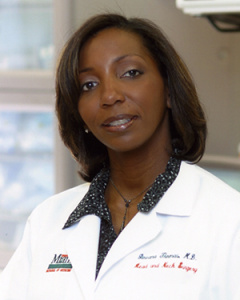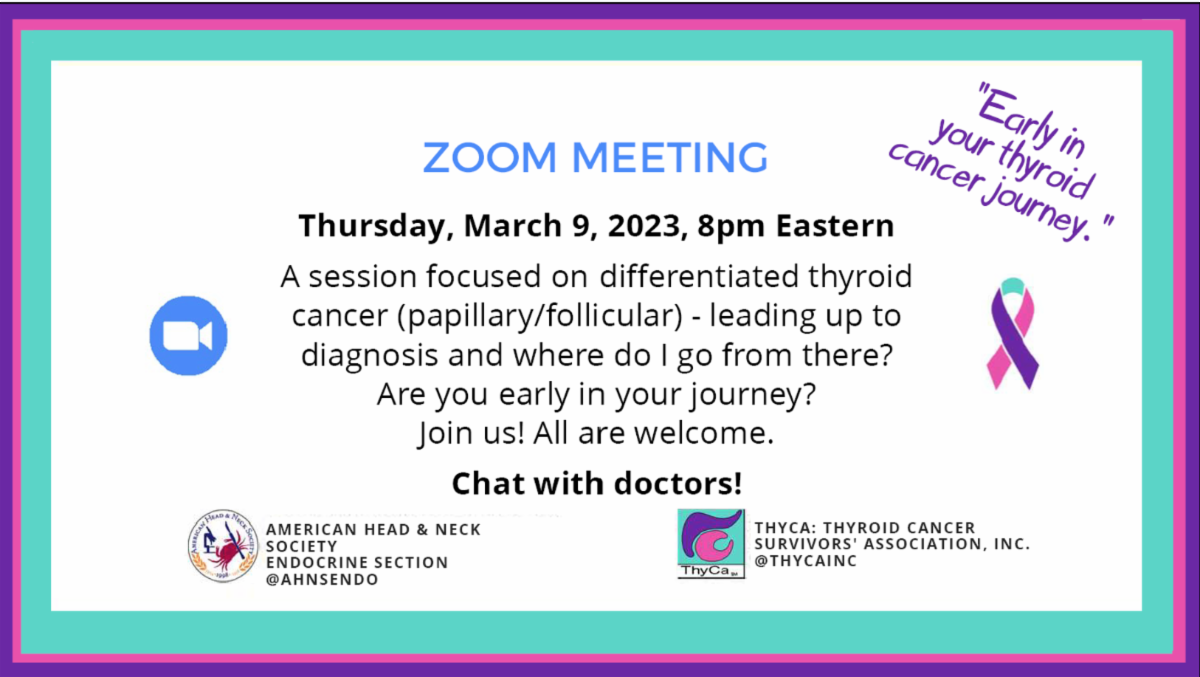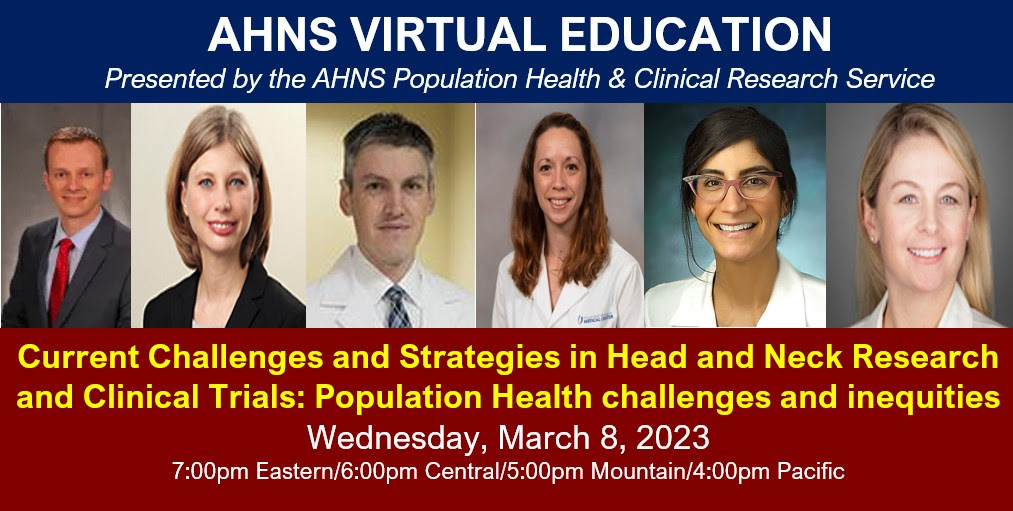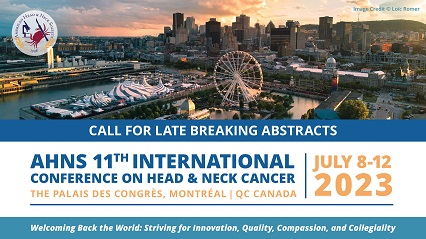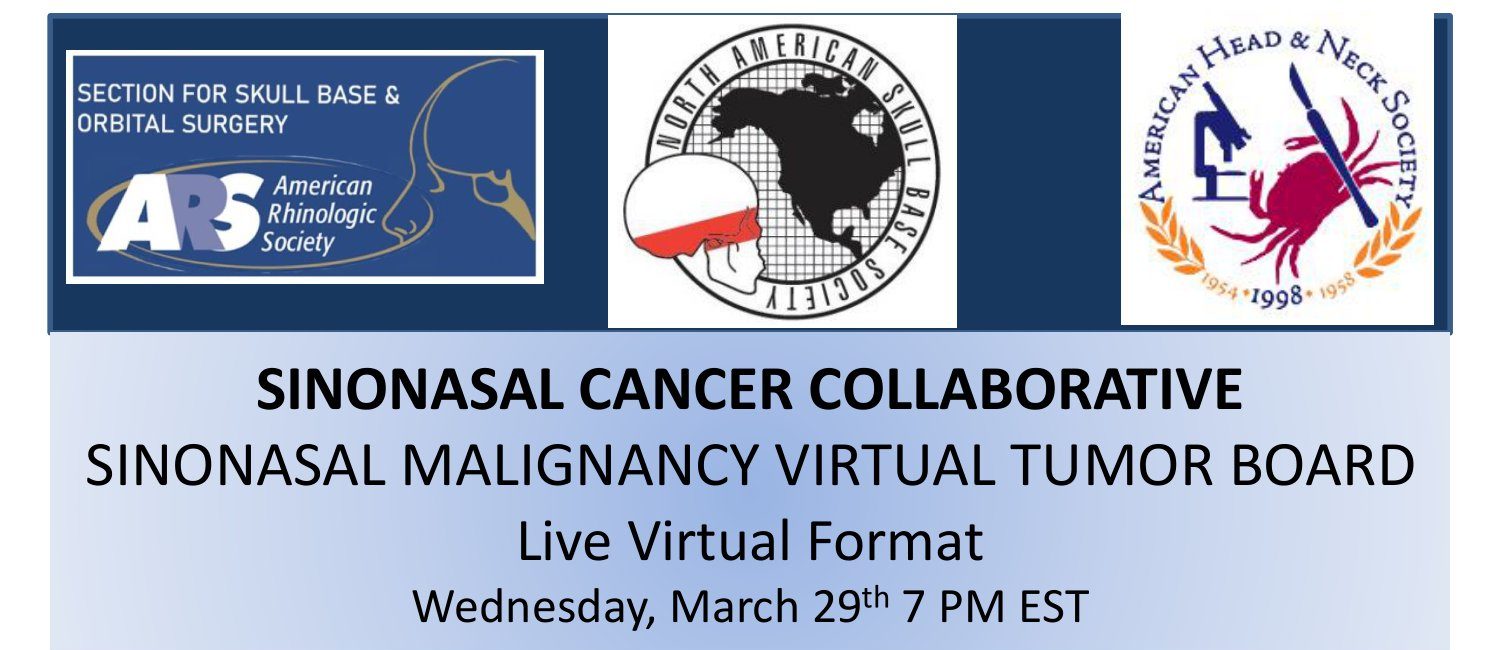Remembering Dr. Giovana R. Thomas
The University of Miami Miller School of Medicine and its Department of Otolaryngology mourns the passing of Giovana R. Thomas, M.D., FACS on February 23, 2023. Dr. Thomas was a tenured professor in the Department of Otolaryngology’s Division of Head & Neck Surgery. Dr. Thomas was a beloved and highly respected member of the UHealth …
